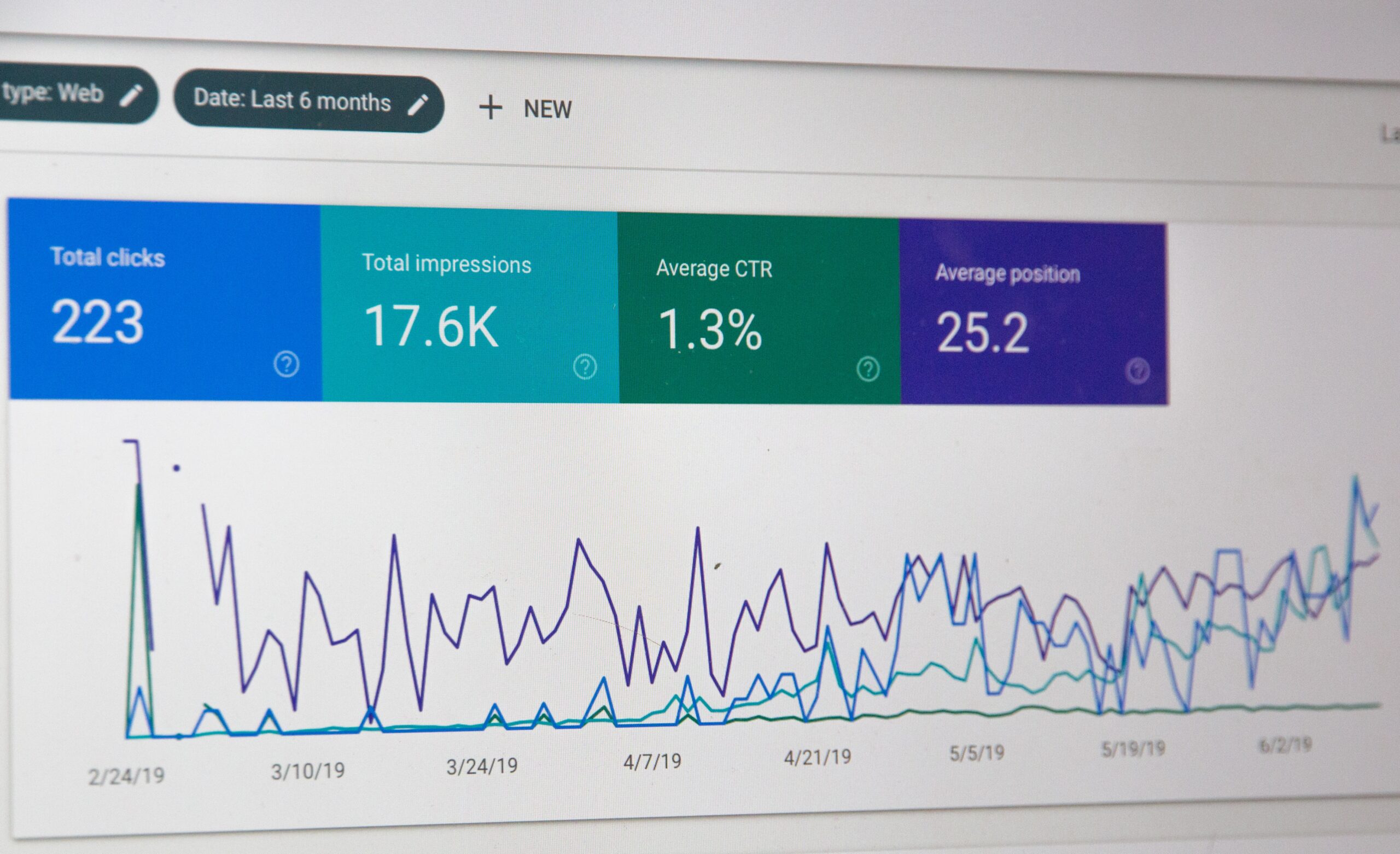Every piece of high-value content you publish has the power to build your brand. Blogs, emails, social media, case studies — each one helps establish your personality and unique selling proposition (USP).
Some pieces of content will be upfront about your USP: landing page copy, for example, or your classic ‘call to action’ at the end of an article. Others will be more subtle; hinting at what your business does, how you do it, why that’s important, and what makes you different from your competitors.
In this blog, we’ll look at how to define your unique selling point and use content marketing to share it with the world.
What is a unique selling proposition?
A business’ unique selling proposition (or point) is what makes it different from every other business in its market. It could be a product feature, the way they do business or an essential company value.
Many product-led businesses think that a USP has to be related to the product itself but it could just as easily be how their brand is different from their competitors.
What a unique selling proposition isn’t
Many businesses use a slogan as their USP, which is a great articulation of why your brand is different. However, a USP has to be put into practice. Words without action are just that — words!
Another example of what a unique selling proposition isn’t, is an offer, such as a price reduction or free delivery. Even if your competitors don’t offer this, it’s not a unique idea that applies to your business alone.
How to clarify your own USP
Your USP should be included everywhere you do business, whether that’s on your website and Facebook ads, the email newsletters you send, or the way you pitch to partners.
Anyone who’s interested should quickly be able to figure out what you stand for — how and why. If it’s not something you’ve put much thought into before, here are some handy steps to clarify your own USP.
Know your target market
If they’re the ones buying your product or using your service, you need to know exactly what makes them tick. There’s no point in having a USP if it doesn’t relate to your customers. What do they need and value? Why should they choose you over a competitor? How does your product or service solve their problems?
You may find that you have multiple customer segments, so you could choose a couple of USPs to tie in with each of them. Create a customer profile for each segment and work out what they’re really looking for from your product or service.
Check out what your competitors are doing
Now is the time for some competitive analysis! This should be ongoing for your business as your competitors post new content and release new products. Source news articles, review websites, and industry ratings, as well as browsing their own websites.
You could even set up a Google Alert for whenever they are mentioned online.
Then you need to evaluate all of this information. What do they say their USP is and does it come across in the way they do business? Allow yourself to be inspired by your competitors but don’t copy what they’re doing. Differentiate yourselves and look for gaps in the market.
Do an internal analysis
A SWOT analysis is a great way to identify what you do well and what you don’t. Consider your business’ strengths and weaknesses, as well as potential opportunities and threats. Getting an overall picture of both internal and external factors will allow you to highlight any similarities (and disparities!) between what you do and what your customers want.
Make note of any phrases or words that come up repeatedly and that cross over with your customer profiling. These are the things you need to be focusing on to create your USP.
Create your unique pitch
Armed with all of this information, it’s now time to start building your USP. The most common first step is to make a tagline or slogan, which is usually a phrase that’s instantly associated with your brand. However, we recommend that you go a little deeper.
Highlight a couple of key features or benefits of your product or service. Even better, tell a story using words and visuals. You can then collate these ideas into an elevator pitch, perfect for networking opportunities. This is a sentence or two to describe the what, why, and how of your business. Make it snappy, use emotive words, and execute your values in a way that means something to both your business and your customers.
Test it with your audience
A USP is often something that needs to be constantly refined and optimized. Speak with loyal customers and allow them to be honest. Go into customer research with an open mind and multiple options.
You might come into the session with loads of ideas but make sure you listen to what your customers have to say too (we’ve got two ears and one mouth for a reason!). And by using their words in your proposition, you’re speaking directly to them on all levels.
Following your research, fine-tune your ideas until you find the perfect middle ground — one that works for both you and your customers. Your overall USP shouldn’t change too much over time but it’s still important to research new features and benefits. As your business grows and develops, your target market and competitors are likely to as well, so stay on your toes.
3 examples of USPs done right
We know there are tons of businesses that have their USP spot on. For inspiration, here are a few of our favorites.
Canva
With a slogan like ‘Empowering the world to design’, Canva uses this to promote the simplicity of their software. It’s differentiating itself from Adobe Photoshop and other competitors, who tend to target professional designers and experts.
They have multiple price points, ranging from free to Canva Pro for individuals and teams. Even those with zero design skills can make use of their templates and can create their own designs within minutes. All of this is clearly communicated with just 5 words!
Domino’s
For pizza lovers (so… everyone?), Domino’s has a strong market share because of one of their original USPs: ‘You get fresh, hot pizza delivered to your door in 30 minutes or less – or it’s free’.
Over time, they’ve changed this slightly but it always comes down to value and speed. The enticement of a free pizza is strong and bold and ultimately boosts their sales.
Reformation
Ethical and sustainable fashion brand, Reformation, has hands-down one of the cheekiest and most convincing taglines we’ve heard to date: ‘Being naked is the #1 most sustainable option. We’re #2.’
Riffing off of its mission statement to make killer clothes that don’t kill the environment, Reformation’s USP is evident through every piece of content and marketing communication. It’s fun but ethical, sustainable but stylish — no wonder the brand has built a cult following.
Does the world know your USP?
Once you’ve created your USP, it’s time to use it everywhere possible! From Instagram captions to blog titles, you should be communicating what makes you different across every platform you have.
If content is a sticking point for you, then we’re here to help. Scribly offers a full content marketing and copywriting service, where we use your brand values and USP to boost traffic and generate sales.




